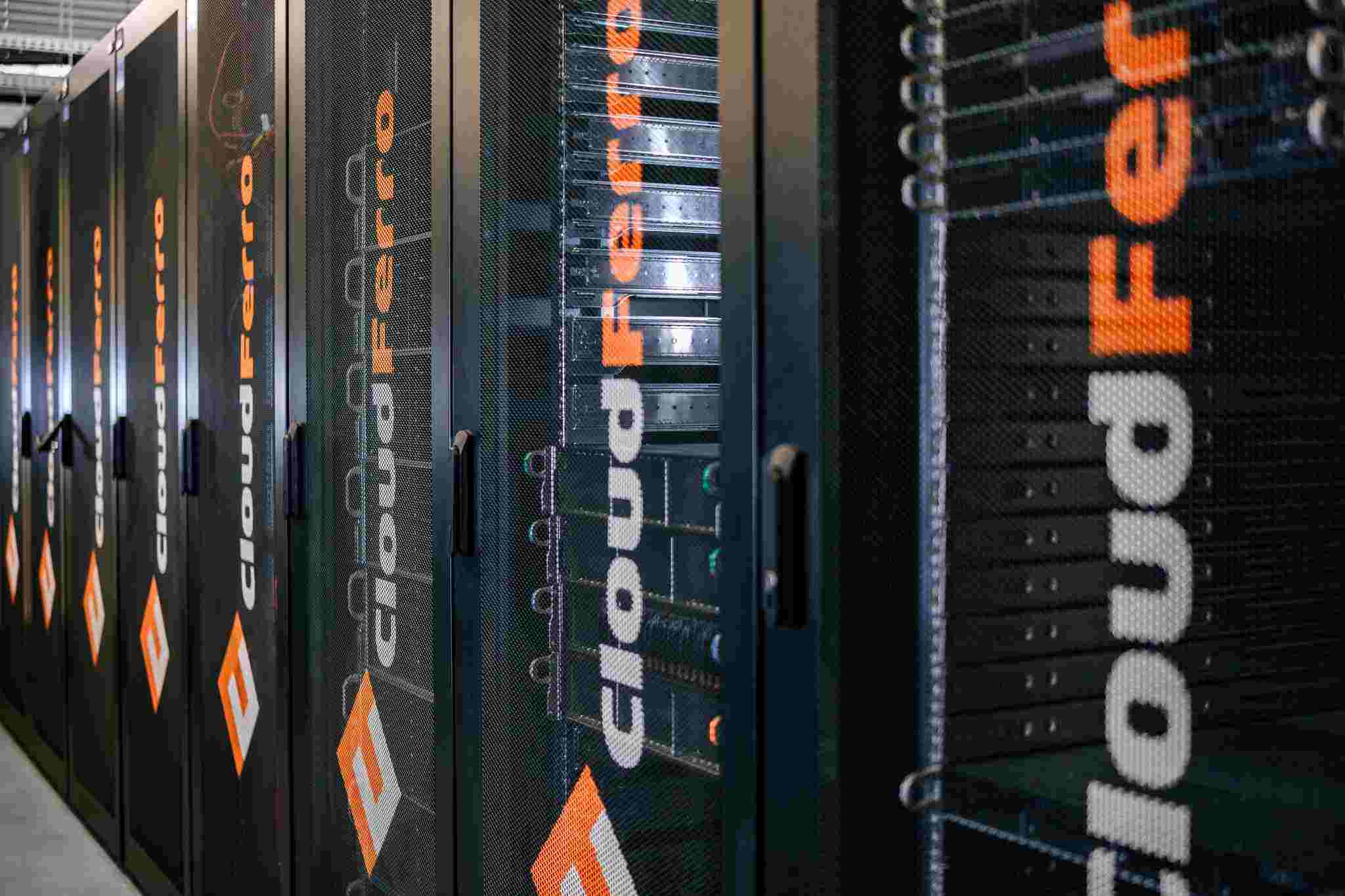Ceph
Distributed storage system that allows us to build flexible storage tiers


What is Ceph?
Ceph is an open-source distributed storage system that may be scaled to thousands of nodes offering petabytes of high-performance, secure, highly available distributed storage.
What is the role of Ceph?
Ceph cuts user data into small chunks that get distributed across multiple servers with a policy-regulated number of copies. Ceph Clients use a hashing algorithm to determine the location of data, fetching it directly from the relevant server, without going through a proxy/gateway that would constitute a throughput bottleneck or a single point of failure of the system.
Though internally, Ceph is an object storage system, it may be used to provide storage services in the form of blocks (or Volumes) that can be mounted in a Virtual Machine, Object Storage that can be accessed through an HTTP RESTFull S3 or SWIFT interface or a network filesystem share that can be accessed from multiple servers.












